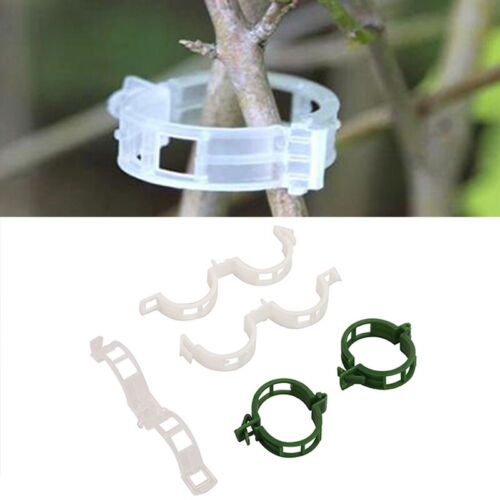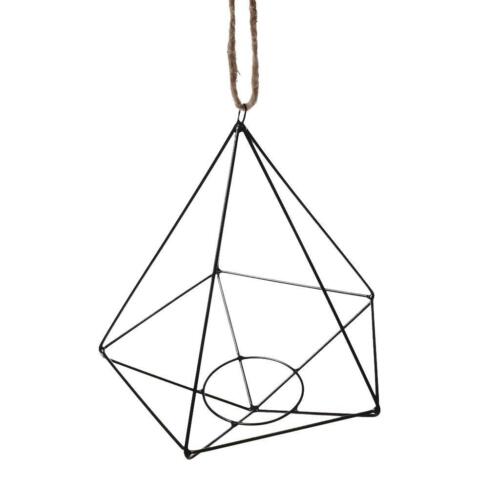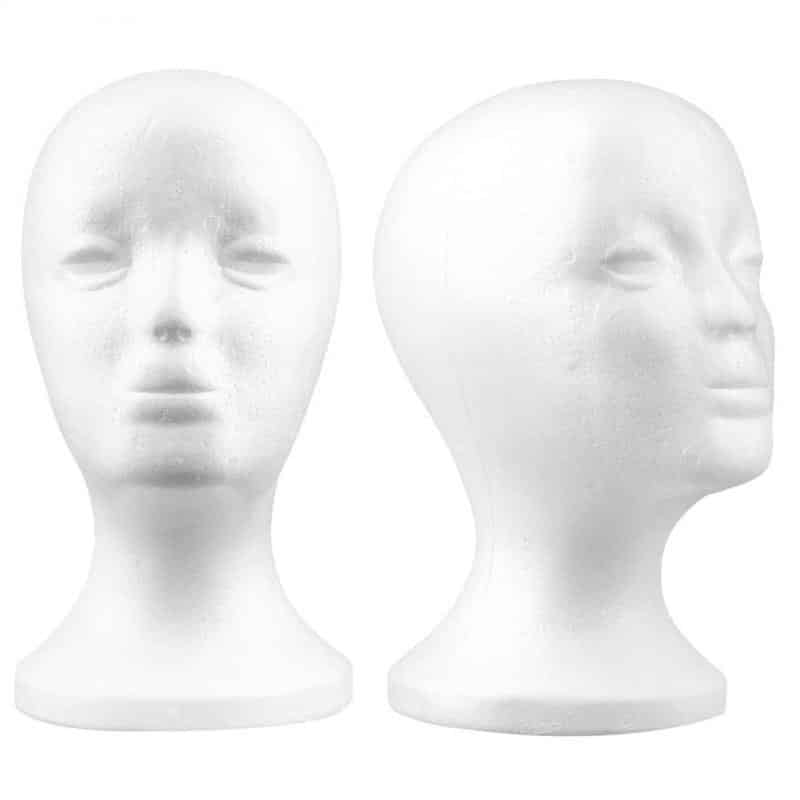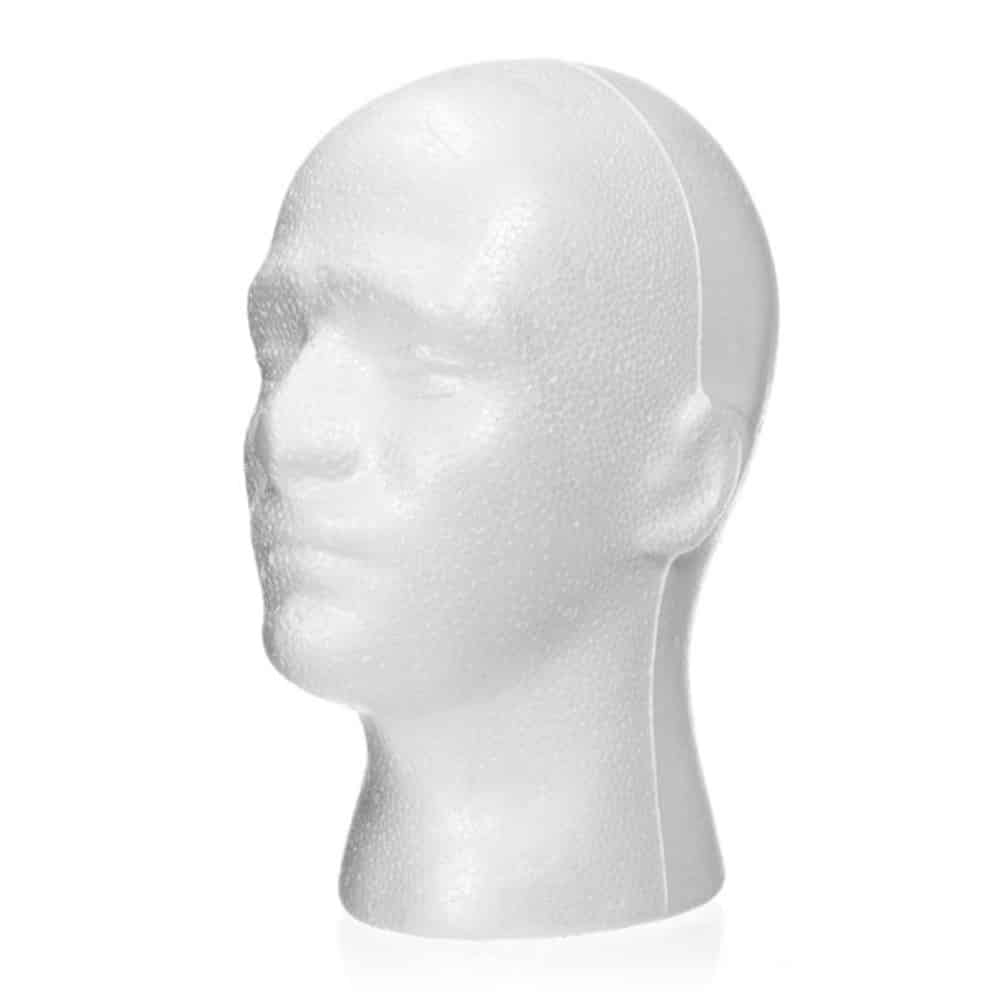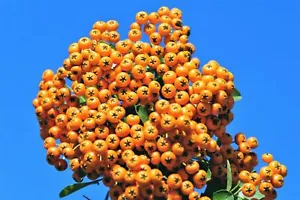




ID: 760876
SKU: b818a411a3c9
Category: Plant and seeds
Tags: 30days
Organic Sea Buckthorn Seeds for Abundant Vitamin-C Rich Fruit Harvest
About this item:
Hardiness zones - 3 - 7 Height - 6-10' / 1,80 - 3 m Spread - 24-36" / 0,60 - 0,90 m Plant type - Shrub / Tree Vegetation type - Deciduous Exposure - Full Sun, Partial Sun, Partial Shade Growth rate - Fast Soil PH - Acidic Soil type - Clay, loam, well drained Water requirements - Average water needs. Water regularly, do not overwater Leaf / Flower color - Silver-gray / Yellow-green Plant growth rate - Fast
₹1120
On preorder
Delivered in 30-60 days
On Pre-Order
Guaranteed Secure
- Guaranteed delivery
- Fast shipping
- PAN India shipping
- 100% Secure payment
- Regular orders dispatch in 48 Hours
- Pre-orders dispatch in 30-45 days
- Returns accepted
- Fast refund process
- 24/7 customer support


